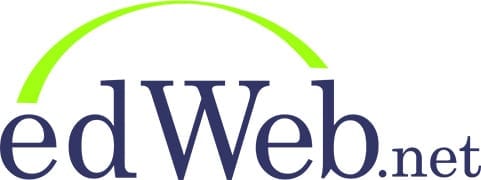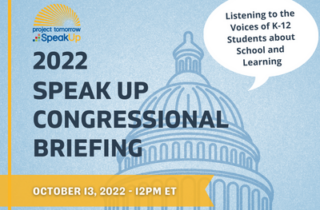Data privacy, a multi-stakeholder priority for school systems, touches every aspect of operations. Therefore, assessing privacy and compliance policies and practices related to the systemwide use of technology is a continual priority.
Using student data to guide instruction is not only an effective way to increase student achievement, but it can also help educators grow professionally as they continue to analyze new data, discuss its implications, and explore solutions.
While PreK teachers obviously want to have a positive impact on students’ language acquisition, recent research shows that it’s the quality, not the quantity, of those interactions that help build a strong foundation.
In its finest form, education is a path to prepare students to read, write, and speak with confidence. The conversation about how to achieve those outcomes for all students is much more complex. During the edLeader Panel, “Expanding Educational Equity: A New Paradigm to Ensure Literacy for All,” Kerri Larkin, Senior Education Advisor at Lexia Learning, walked us through a step-by-step process to build equitable literacy programs that develop students’ confidence.
Meeting student needs is crucial to their academic performance, school engagement, and social-emotional well-being. Providing individualized interventions that undergird and promote all students’ progress is therefore vital.
In today’s technologically advanced world, workers who are computational thinkers with a firm grasp of science, engineering, math, and technology (STEM) are in high demand. However, preparing today’s students for the work of the future is challenging. Many educators, especially early childhood and elementary teachers, do not have a STEM background so the task of integrating those subjects into daily classroom lessons can feel overwhelming.
From local to federal governments, insurance companies to funding organizations, schools and districts are subject to any number of cybersecurity regulations. But for all these, the most important aspect is being prepared. During the edLeader Panel, “Adopting a Proactive Versus Reactive Approach to Cybersecurity in K-12 Districts,” the presenters offered their insights on how to create a proactive climate by knowing everything you can about your data.
During the “Speak Up 2022 Congressional Briefing: Release of the National Research Findings,” Dr. Julie Evans, CEO of Project Tomorrow, presented the findings of the 2021-2022 Speak Up survey and moderated a discussion with student experts who shared their experiences and insights about new models of learning, preferred uses of technology, and ideas on how to improve student engagement. Dr. Evans was joined by Scott Persky, Senior Vice President of Finalsite, and Kristina Ishmael, Deputy Director of the U.S. Department of Education’s Office of Education Technology.
During the edLeader Panel, “Measuring Tutors’ Success: High Impact or Bust,” the presenters discussed the benefits of tutoring and how to take a data-informed approach to deploying, evaluating, and refining a learning recovery strategy.
Coaching teachers through video is not a novel concept. The pandemic heightened its use with teachers. More schools are embracing it as a more desirable form of professional development by embedding it into instructional practice.











